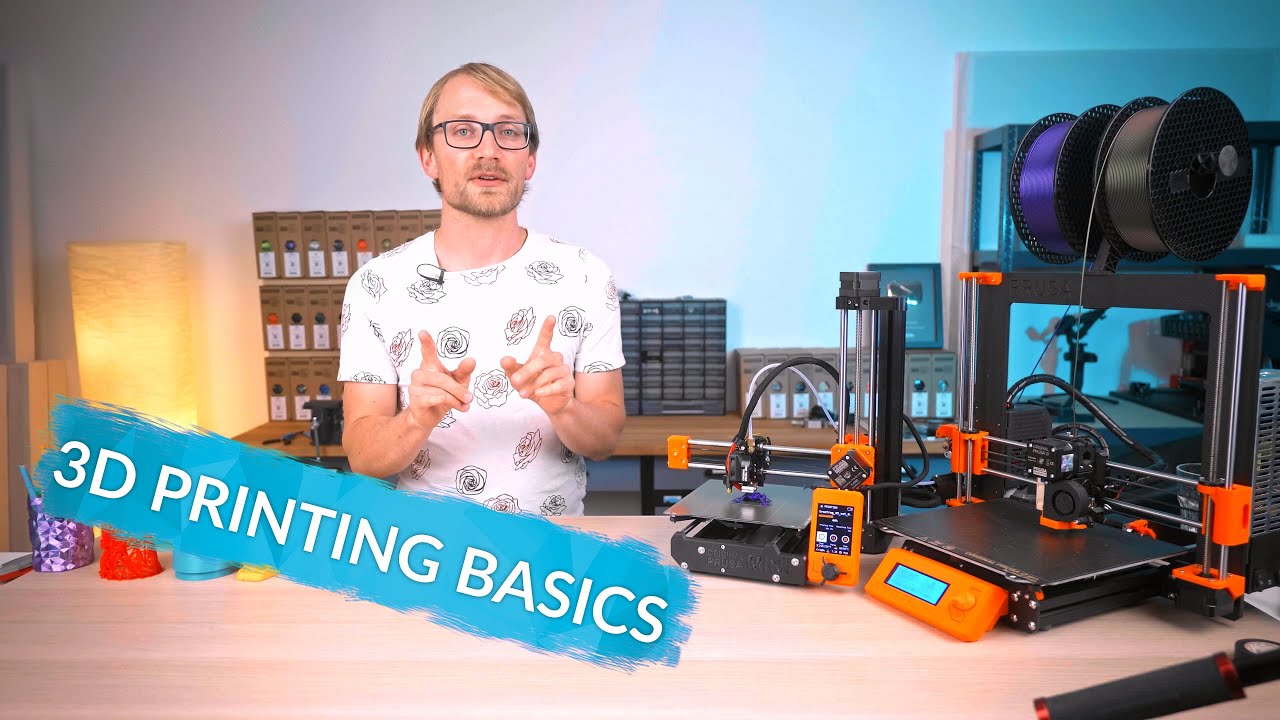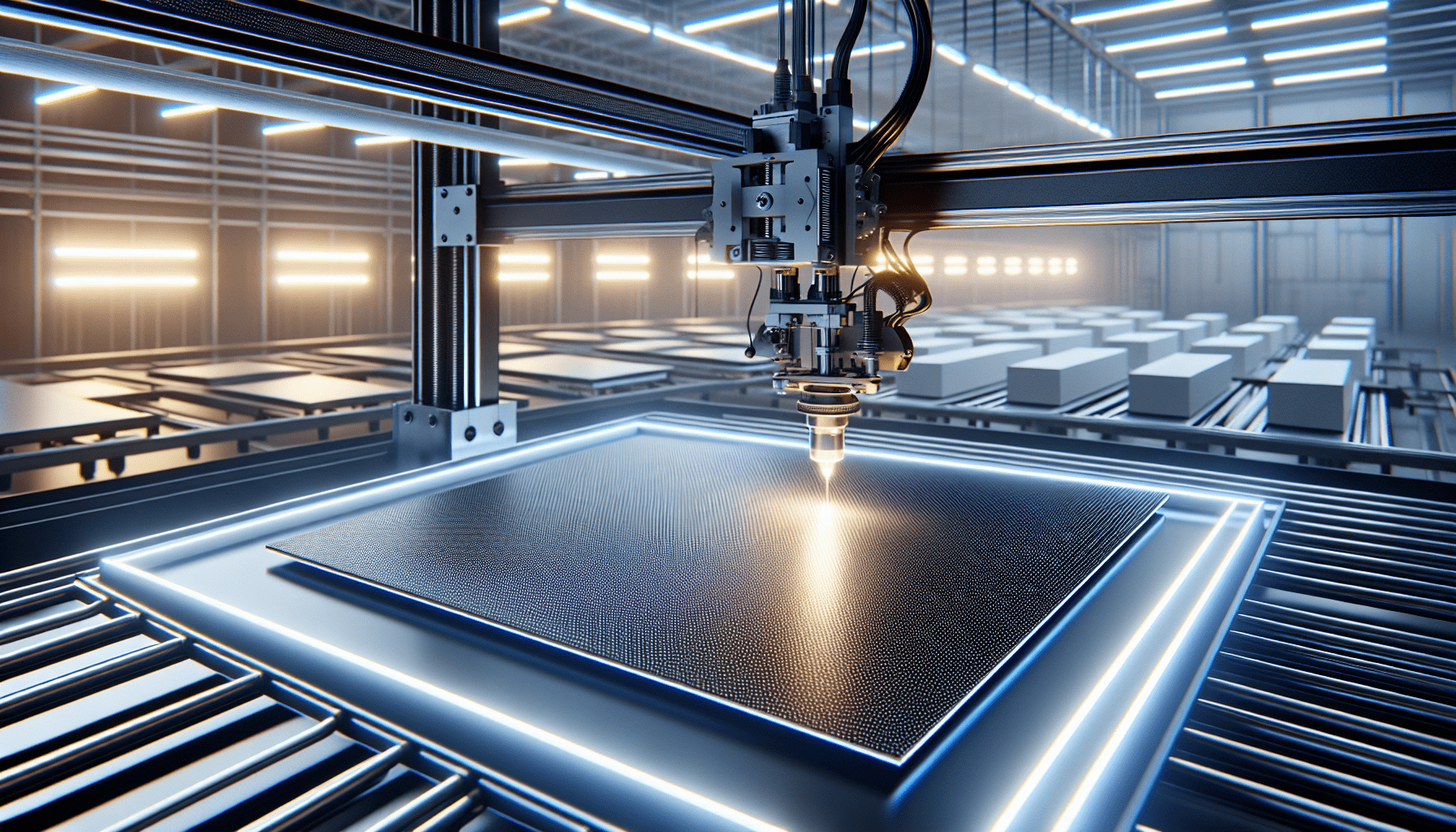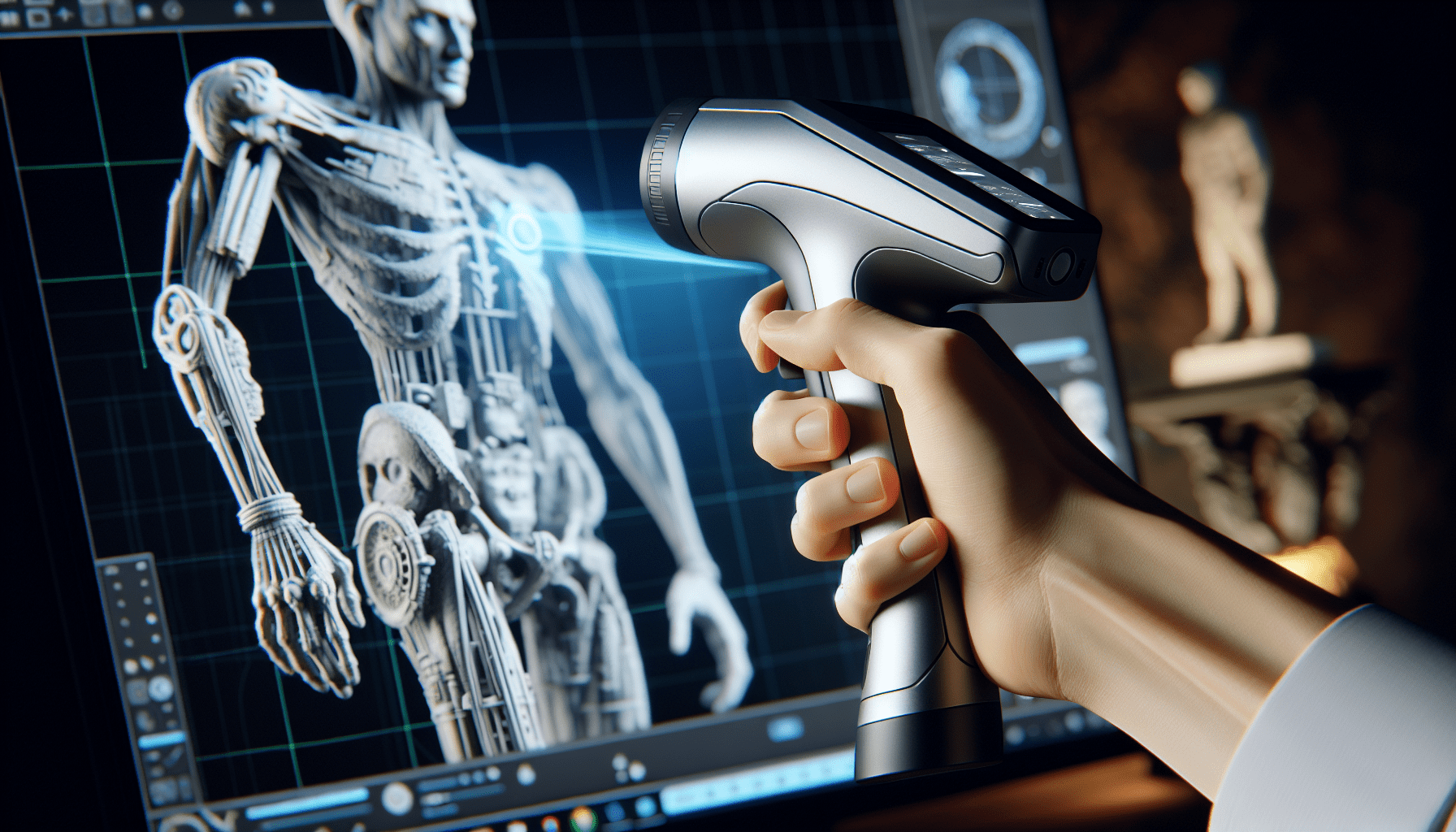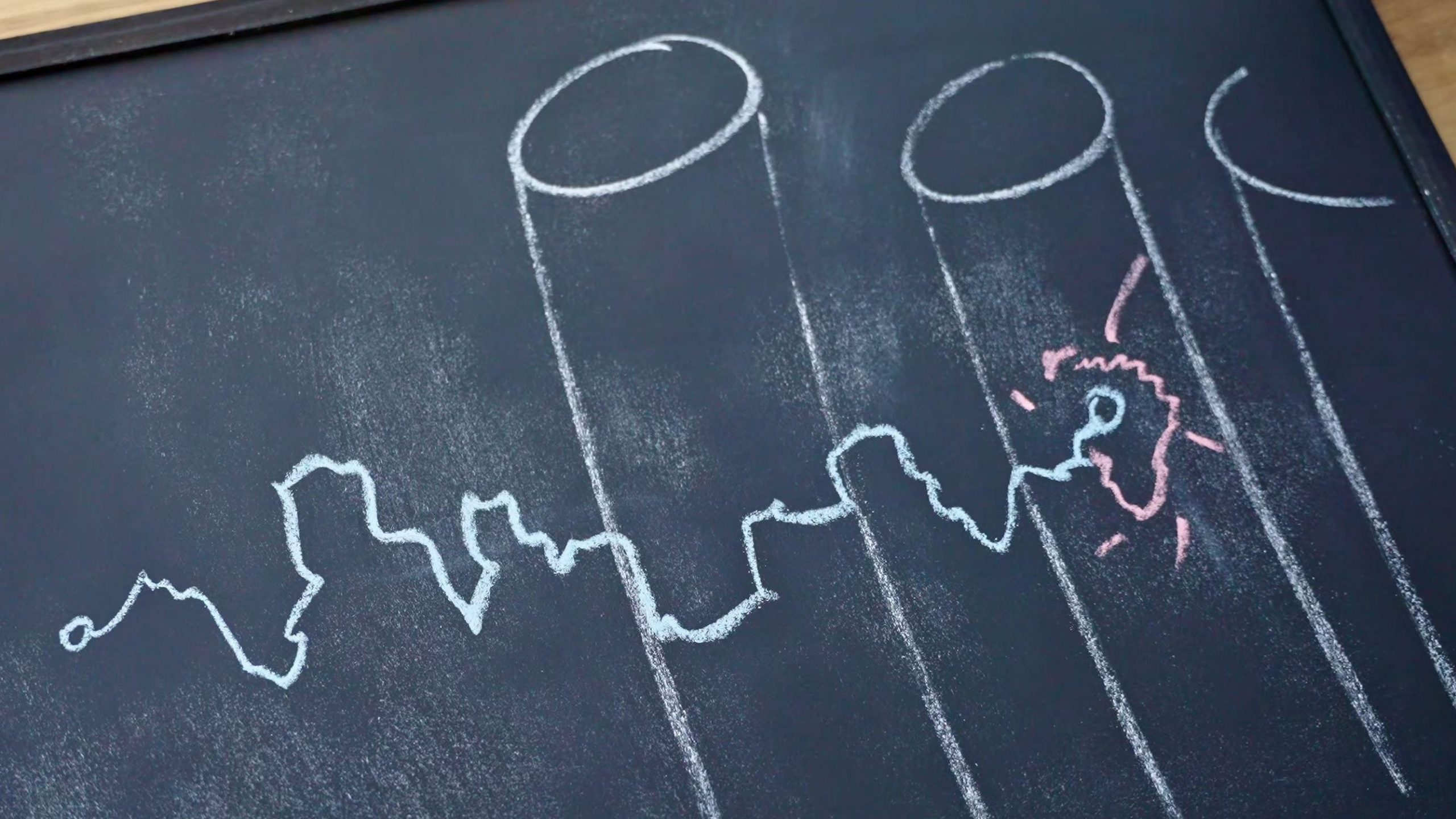ELEGOO Saturn 4 Ultra 16K Resin 3D Printer with Flip-up Lid, Smart Tank Heating at 30℃, 150mm/h High Speed Printing, Large Printing Size of 8.33x4.66x8.66 Inches
$519.99 (as of May 29, 2025 10:56 GMT +00:00 - More infoProduct prices and availability are accurate as of the date/time indicated and are subject to change. Any price and availability information displayed on [relevant Amazon Site(s), as applicable] at the time of purchase will apply to the purchase of this product.)Welcome to the first episode of the “3D Printing Basics” video series by Made with Layers, hosted by Thomas Sanladerer. In this series, Sanladerer aims to provide you with all the essential knowledge about 3D printing that is often taken for granted. In this introductory video, he explains what a 3D printer is and its key characteristics, such as being three-dimensional, additive, and layer-based. He also explores various types of 3D printers, including filament-based and resin-based printers, and discusses the wide range of applications, from creating functional parts to pursuing it as a hobby. Furthermore, Sanladerer introduces the concept of RepRap machines, which are able to produce parts for the next generation of printers, and highlights the importance of open-source designs and knowledge sharing in driving the progress and affordability of 3D printers. In the next video, he promises to provide guidance on how to choose the right 3D printer for your needs.
Have you ever thought about exploring the world of 3D printing? If so, then you’re in luck! In response to the challenges faced by beginners, Thomas Sanladerer has created a free 10-part video series called “3D Printing Basics.” This series covers everything you need to know about 3D printing, from understanding the technicalities to choosing the right printer for your needs. Sanladerer’s goal is to make 3D printing more accessible and break down the knowledge that is often taken for granted. So, whether you’re just starting out or looking to enhance your existing knowledge, hop on board and join this informative and friendly journey into the fascinating world of 3D printing!
What is a 3D printer?
A 3D printer is a machine that produces three-dimensional parts using an additive, layer-based process. This means that instead of cutting away from a larger block of material, it adds material layer by layer until the desired shape is achieved. The key characteristics of a 3D printer are that it is three-dimensional, additive, and layer-based. There are different types of 3D printers, including filament-based printers and resin-based printers.
Three-dimensional, additive, and layer-based
The term “three-dimensional” refers to the ability of a 3D printer to create parts that have depth and can exist in various orientations. Unlike traditional 2D printers that only print on flat surfaces, 3D printers can create objects with intricate details and complex shapes.
The additive nature of 3D printing means that the printer builds up the part by adding material rather than removing it. This is different from subtractive processes like cutting or carving, where material is removed from a larger block to create the final shape. With additive manufacturing, the raw material is added layer by layer until the desired form is achieved.
Layer-based printing is a fundamental aspect of 3D printing. The 3D printer slices the digital model into thin layers and then prints each layer individually, stacking them on top of each other to create the final object. This layer-by-layer approach allows for precise control over the shape and structure of the printed part.
Filament-based and resin-based printers
There are two main types of 3D printers: filament-based printers and resin-based printers.
Filament-based printers, also known as fused deposition modeling (FDM) printers, use a heated nozzle to melt a filament of thermoplastic material, such as PLA or ABS. The melted filament is then extruded onto a build plate, where it cools and solidifies to form each layer of the printed part. Filament-based printers are popular among hobbyists and professionals alike due to their affordability, ease of use, and wide range of material options.
Resin-based printers, on the other hand, use a liquid photopolymer resin that hardens when exposed to light, typically ultraviolet (UV) light. The printer projects UV light onto the resin in precise patterns, solidifying the desired areas and creating each layer of the part. Resin-based printers are known for their high level of detail and smooth surface finish, making them ideal for producing intricate and visually appealing objects. However, they are typically more expensive and require more careful handling due to the toxic nature of the resin.
Various uses of 3D printers
3D printers have a wide range of applications and uses. They can be utilized to create functional parts for various industries, as well as for hobbyist projects.
Functional parts
3D printing has revolutionized the manufacturing industry by enabling the production of custom and complex parts at a faster rate and lower cost than traditional manufacturing methods. Industries such as aerospace, automotive, healthcare, and consumer goods are utilizing 3D printing to create functional parts for prototypes, spare parts, tools, jigs, fixtures, and even end-use products. The ability to quickly iterate designs and produce parts on-demand has significantly impacted the efficiency and flexibility of these industries.
Hobbyist projects
3D printers have also gained popularity among hobbyists and makers. They provide a platform for creativity and innovation by allowing individuals to bring their ideas to life. Hobbyists use 3D printers to create customized toys, models, sculptures, cosplay props, and other artistic creations. They can design their own objects using 3D modeling software or download ready-made models from online repositories. 3D printing has opened up new possibilities for DIY projects and personal expression.

This image is property of i.ytimg.com.
Introduction to RepRap machines
RepRap machines played a crucial role in the early development and proliferation of 3D printers. The term “RepRap” stands for “self-replicating rapid prototyper” and refers to a class of 3D printers that are capable of manufacturing many of their own parts.
The concept behind RepRap machines is to create a symbiotic relationship between the printer and its user. These machines are designed to not only print functional parts but also to produce parts for the next iteration of printers. By printing the necessary components and using off-the-shelf parts for the rest, RepRap machines enable users to build and improve upon the technology themselves.
The RepRap community has played a significant role in the open-source movement within the 3D printing community, fostering knowledge sharing and collaboration. The idea behind RepRap machines is to make 3D printing accessible and affordable to a larger audience by providing open-source designs and encouraging users to contribute to the development and improvement of the technology.
Open-source designs and knowledge sharing
Open-source designs have been instrumental in the rapid progress and affordability of 3D printers. The concept of open-source encourages collaboration, sharing of ideas, and transparency within the 3D printing community.
Contributions to progress and affordability
Open-source designs have allowed individuals and companies to build and modify 3D printers based on shared knowledge. This collaborative approach has led to continuous improvements in printer design, functionality, and performance. The collective efforts of the community have resulted in more reliable and affordable 3D printers, making the technology more accessible to a wider range of users.
Comparison with closed-source designs
Closed-source designs, on the other hand, limit access to the inner workings and details of a machine. This lack of transparency hinders community collaboration and makes it difficult for users to understand how a machine’s features were created. Closed-source designs often result in black-box systems, where users cannot modify or improve upon the technology due to proprietary restrictions.
Manufacturers’ use of open-source software
Some manufacturers have embraced open-source software for their 3D printers while keeping their hardware designs closed. This approach allows users to benefit from open-source software advancements and community contributions while still maintaining control over the hardware specifications and intellectual property. This hybrid model has resulted in a symbiotic relationship between manufacturers and the open-source community, fostering innovation and accessibility.

This image is property of images.pexels.com.
How do 3D printers work?
3D printers work by adding material layer by layer based on software instructions. The printing process typically involves the following steps:
-
Designing or acquiring a 3D model: The first step is to create or obtain a digital 3D model of the desired object. This model can be created using 3D modeling software or downloaded from online repositories.
-
Slicing the model: The 3D model is then sliced into thin layers using specialized software. Each layer is a 2D cross-section of the final object.
-
Preparing the printer: The printer is prepared by leveling the build plate (the surface on which the object is printed) and ensuring that the extruder nozzle or resin tank is clean and ready for printing. The appropriate printing material, whether it is filament or resin, is loaded into the printer.
-
Printing the object: The printer receives the sliced file and follows the instructions encoded in the file to lay down material layer by layer. For filament-based printers, the printer heats the filament and extrudes it onto the build plate, while for resin-based printers, the printer projects UV light onto the resin to solidify it layer by layer.
-
Post-processing: Once the printing is complete, the object may require post-processing, such as removing support structures, sanding, or painting, depending on the desired finish and functionality.
Development and improvement of 3D printers
The development and improvement of 3D printers have been driven by a combination of open-source designs and shared ideas. By making designs and knowledge freely available, the 3D printing community has been able to collaborate, innovate, and build upon existing technologies.
Open-source designs have allowed individuals and companies to contribute to the development and improvement of 3D printers. Users can modify existing designs, experiment with new features, and share their findings with the community. This iterative process has led to advancements in printer performance, reliability, and ease of use.
Shared ideas and knowledge have also played a significant role in the improvement of print quality, material compatibility, and software capabilities. The 3D printing community actively shares tips, troubleshooting advice, and best practices to help users overcome challenges and achieve better results.
The combination of open-source designs, shared ideas, and community collaboration has accelerated the pace of innovation in the 3D printing industry. As new technologies emerge and new materials become available, the community continues to push the boundaries of what is possible with 3D printing.

This image is property of images.pexels.com.
Upcoming video: Choosing a 3D printer
In the upcoming video, Thomas Sanladerer will provide guidance on what to look for and what to avoid when choosing a 3D printer. Choosing the right 3D printer can be a daunting task, especially for newcomers to the technology. This video aims to provide valuable insights and tips to help viewers make an informed decision.
What to look for
The video will cover essential factors to consider when choosing a 3D printer, such as build volume (the maximum size of the objects that can be printed), printing speed, resolution (the level of detail that can be achieved), material compatibility, software compatibility, and ease of use. Each of these factors plays a role in determining the printer’s capabilities and suitability for specific applications.
What to avoid
The video will also highlight common pitfalls and mistakes that potential buyers should avoid. These may include overspending on unnecessary features, buying from unreliable or inexperienced manufacturers, overlooking the importance of customer support and warranty, or underestimating the learning curve associated with 3D printing.
The goal of the video is to empower viewers with the knowledge and information they need to make an informed decision when investing in a 3D printer. By understanding their specific needs and considering the factors discussed in the video, viewers will be better equipped to choose a printer that aligns with their goals and expectations.
Thanks to Prusa Research and Prusament for supporting the series here
In this new series, we address the feedback from Hackaday that starting with 3D printing can be challenging. Over the next few weeks, I will be releasing a 10-part series that covers all the essential knowledge about 3D printing that is often overlooked.
To learn more, you can check out the Hackaday article here.
You can also read the article related to this video here.
Please note that the product links provided are affiliate links, and I may earn a commission on qualifying purchases (without any additional cost to you).
For all the equipment I use in my videos, you can find them here.
Don’t forget that I use Epidemic Sound for my videos. You can sign up for a 30-day free trial here.
Check out the Meltzone Podcast (with CNC Kitchen) here!
If you enjoy the videos, you can support my work on Patreon here!












